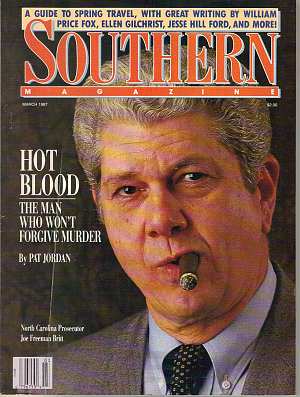In this Chapter
In the early 20th century, white people used public violence — including lynchings and executions — to ensure that Black people could not build economic or political power. But by mid-century, Jim Crow was written into the statute books and firmly enforced by white society. By the 1950s, North Carolina had succeeded in depriving African Americans of all meaningful civil rights and relegating them to second-class citizenship. Both lynching and the death penalty went into a steep decline. After 1961, state executions stopped altogether.
“Law and order” became the rallying cry for those opposed to the Civil Rights Movement. Once again, those hoping to maintain the racial order looked to the death penalty as a potent symbolic tool.
The Civil Rights Movement changed the national landscape. Ignited by the murders of Black servicemen returning to the South after World War II, the 1955 lynching of 14-year-old Emmett Till, the Montgomery Bus Boycott, and the Greensboro sit-ins, the world began to question the South’s oppressive social structure. Then, in 1972, the U.S. Supreme Court capped a series of polarizing decisions — including desegregating schools and outlawing poll taxes — by striking down the death penalty nationwide. The court said its imposition was arbitrary, and often racist.

Death penalty abolition was immediately met with fierce resistance. “Law and order” became the rallying cry for those opposed to the Civil Rights Movement. Support for capital punishment, which had been plummeting nationally, suddenly spiked. Once again, those hoping to maintain the racial order looked to the death penalty as a potent symbolic tool.
Just a few years later, in 1976, the Supreme Court reinstated the death penalty. The justices acknowledged that the public’s lust for lynching was part of the reason, writing that the death penalty was necessary to avoid “the seeds of anarchy — of self-help, vigilante justice, and lynch law.” So began the “modern era” of the U.S. death penalty, built explicitly upon a foundation of racial terror. Unsurprisingly, it continued to disproportionately punish people of color for crimes against white victims, while juries remained mostly white.
In North Carolina, this new era spawned charismatic prosecutors like Joe Freeman Britt in Robeson County, who was named the “deadliest prosecutor in America” by the Guinness Book of World Records. Among the more than three dozen death sentences he won were those of brothers Henry McCollum and Leon Brown, African American teenagers with profound intellectual disabilities. They served three decades for a murder they didn’t commit before being exonerated in 2014.

In 1987, the Supreme Court essentially condoned the continued racism in the death penalty. In McCleskey v. Kemp, the court acknowledged the death penalty’s racially disproportionate impact but allowed executions to continue anyway. The decision barred defendants from using the most compelling evidence of racism, statistics revealing pervasive patterns, and paved the way for the deadly decade to come.





